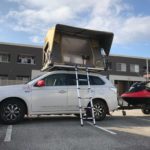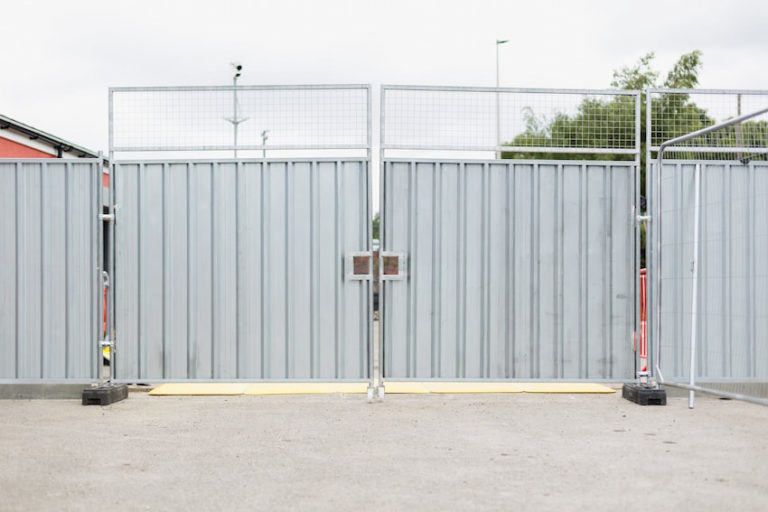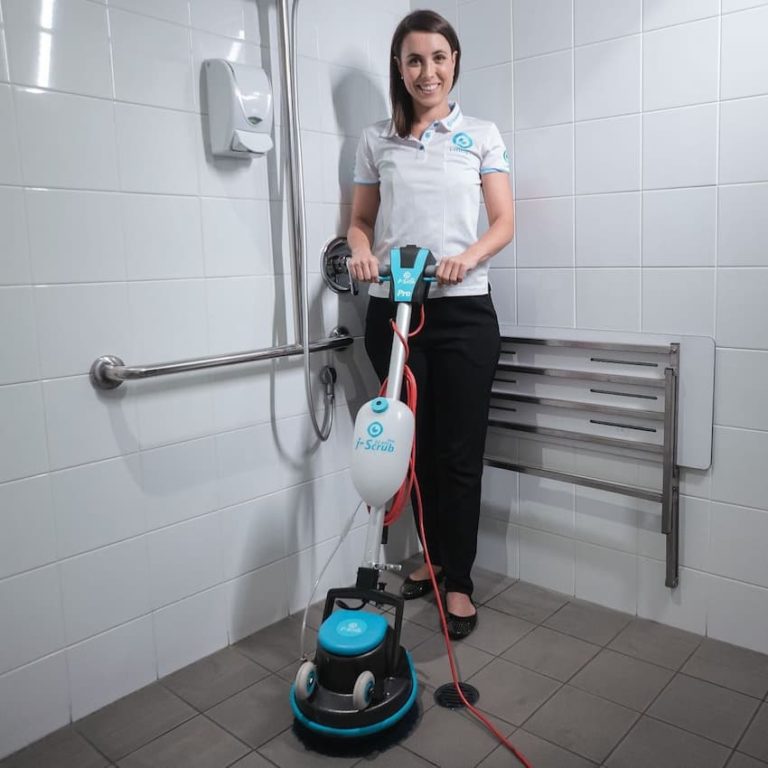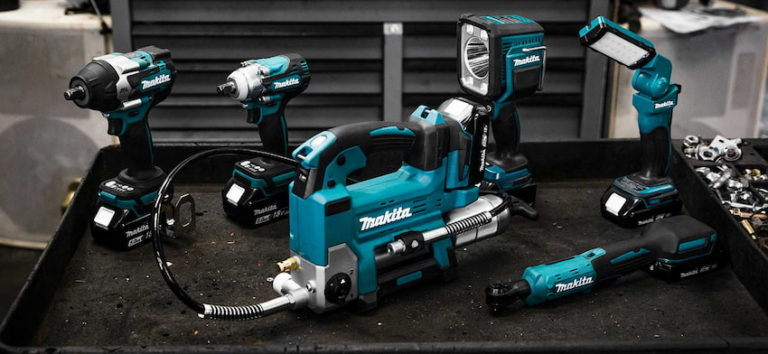Although they’ve been in use for centuries to fill a wide range of wind-related roles, few items are more visually reminiscent of modern aviation than the cone-shaped windsock. These free-rotating wind direction indicators can boast diameters of up to 900mm and lengths of up to 3.65m and can be found at every major airport and gravel airstrip around the world.
A windsock allows pilots, ATCs, and even ground services to have critical, on-the-spot visualization of wind speed and direction right before taking off, landing, or even in the event of an emergency response action. That’s why they’re mandatory operating equipment at every certified airport, helipad, and balloon port in Australia; and why ensuring that they’re 100% serviceable at all times is one of an airport operator’s highest priorities.
High-Quality Windsocks on the Leading Edge of Airfield Safety
Let’s be honest: while wind indicators are remarkably resilient pieces of equipment, they’re not indestructible. Persistent wind and particle abrasion, weathering, and UV exposure are only a few of the elements that these textile tubes are subjected to, which is why high-grade, woven polyester aviation and industrial windsocks are the optimum choice when unserviceable windsocks need to be replaced.
What’s important to remember about windsock indicators is that in spite of their seemingly ubiquitous presence, Australia’s Civil Aviation Safety Authority (CASA) guidance on the exact quantities, sizes, and even locations of airfield windsock indicators is incredibly specific. There’s nothing random about how or where they’re deployed, and it’s for reasons that every pilot, ATC, and airport operator can appreciate.
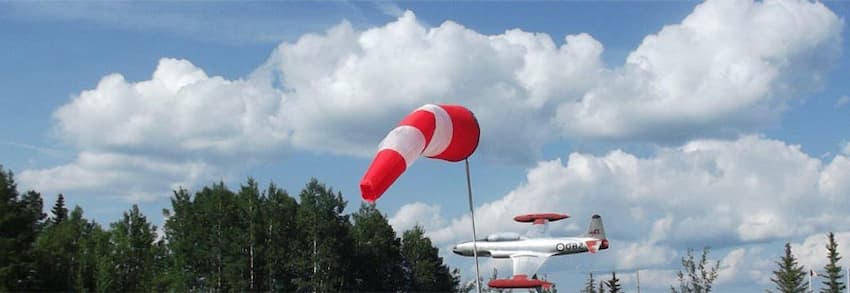
Source: shutterstock.com
· They provide instant visibility. With their highly conspicuous white or yellow colouring and mandatory 3.65m length requirement, the airport windsock indicators used at CASA-certified airfields can be easily made out and interpreted from the air or ground.
· They allow easy wind speed estimates. Although aviation windsocks only show immediate-location wind conditions, single glance identification is all that’s needed for pilots and other personnel to quickly assess wind speed, wind strength, or whether the wind is gusting.
· They help to identify wind direction. Windsocks are the perfect instrument for pilots to use to identify, and prepare early to correct for hazardous crosswind conditions.
The fact is, open airfield wind conditions can change suddenly and dramatically. While ATCs are able to provide information on wind speeds, velocities, and directions at runway thresholds, they don’t have the critical ability to provide it for more than one static point, nor are they able to provide it in real-time. Windsocks, however, give pilots instant visibility to “immediate-area” wind conditions at multiple locations across an airfield; that’s why when it comes to weather-related safety, windsock indicators are frontline tools that operators can’t afford to let fall into disrepair.
Recognizing When Airfield Windsocks Need to be Replaced
While the most common challenge that airport operators face with windsocks is ensuring that they are not affected by air disturbances from nearby buildings or structures, it’s the cumulative effect of environmental conditions that are the most damaging. A damaged aircraft windsock indicator can’t respond accurately to changing wind conditions; and on a 3.65m indicator that designed to fully extend at wind speeds of 15 knots, there are a host of conditions that can take their toll across their full length, including:
· Rips and tears from sand, sediment, or other airborne debris;
· Fading and degradation from sun and UV exposure;
· Consequential damages from jet blast and propeller wash;
· Periods of unusually high temperatures or heavy rain; and,
· Severe storms and weather events.
Even the masts and frames used to support aircraft windsocks can become bent and lose their ability to rotate, placing even more stress on the indicators themselves: all reasons airport operators need to initiate and maintain thorough inspection schedules for all their wind direction equipment and supplies.
Airfield weather windsock indicators and frames should be checked periodically for signs of wear and tear, loose or missing screws and fittings, or any factors that could inhibit masts from a complete 360° swivel. Faulty or irreparable indicator equipment should be replaced immediately; and fortunately, when it comes to replacing worn or damaged masts, frames, and windsocks, Australia manufactures some of the toughest airfield supplies in the world.
Airport Operators Insist on the Best Windsock and Wind Indicator Replacements
Ask any of Australia’s 30k+ licensed pilots and aviators and they’ll tell you just how unpredictable the country’s wind conditions can be. That’s why airport wind indicators, windsocks, and all of their related equipment need to be built to last.
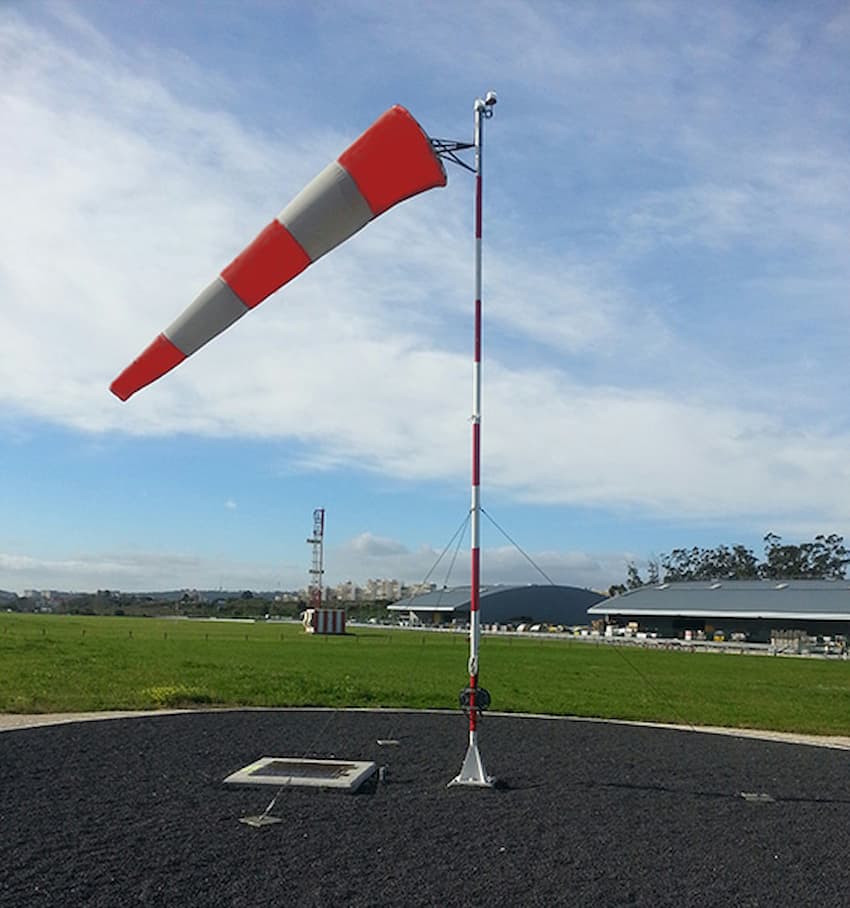
Source: instagram.com
Airport, helipad, and other landing site operators can buy top quality, CASA-compliant replacement windsocks for sale online with attributes that include:
· Water repellent, laminated or woven polyester construction;
· A choice of Australian Standard (AS) 2700-2011 white (primary) or yellow (secondary) colours;
· Size ranges from 1.4m, 1.52m, 2.44m, and 3.65m in length; and,
· Brass grommet fitments for securing to tube masts.
These Australian-made, aviation windsock indicators are manufactured especially to withstand Australia’s unique climate and are fully compatible with CASA regulations regarding nighttime illumination. You can also buy windsock frames, masts, and brackets online that offer their own range of tough, long lasting qualities, including:
· TIG welded, 316 stainless steel construction;
· Availability in 13”, 18”, 24”, and 36” diameters; and,
· Dual bearing operation for full 360° rotation.
With the ability to purchase all of their windsock indicators and airfield supplies online with immediate delivery, airport operators never have to worry about aeroplane windsock serviceability. It’s the just-in-time availability that they want, for the on-the-spot visualization that pilots, ATCs, and ground services need.
The Final Word
At the end of the day, for all their simplicity, windsock indicators are the most accurate, localized wind condition tools that airports and airstrips have at their disposal. In order to do their job properly though, operators need to ensure that they’re inspected regularly, and promptly replaced when they’ve exceeded their serviceable lifespan.
High-grade, CASA-compliant aviation and industrial windsocks are the only acceptable choice for Australia’s tough airfield conditions. Pilots, ATCs, and a whole range of ground service personnel depend on the most accurate, real-time wind condition information possible, and it’s the responsibility of every airport operator to make sure that they have it.



